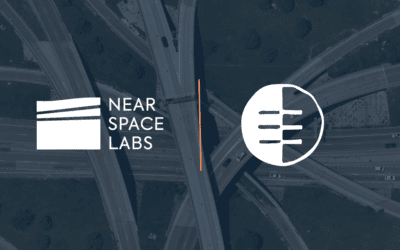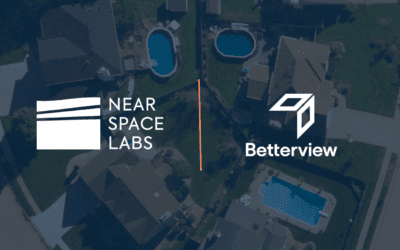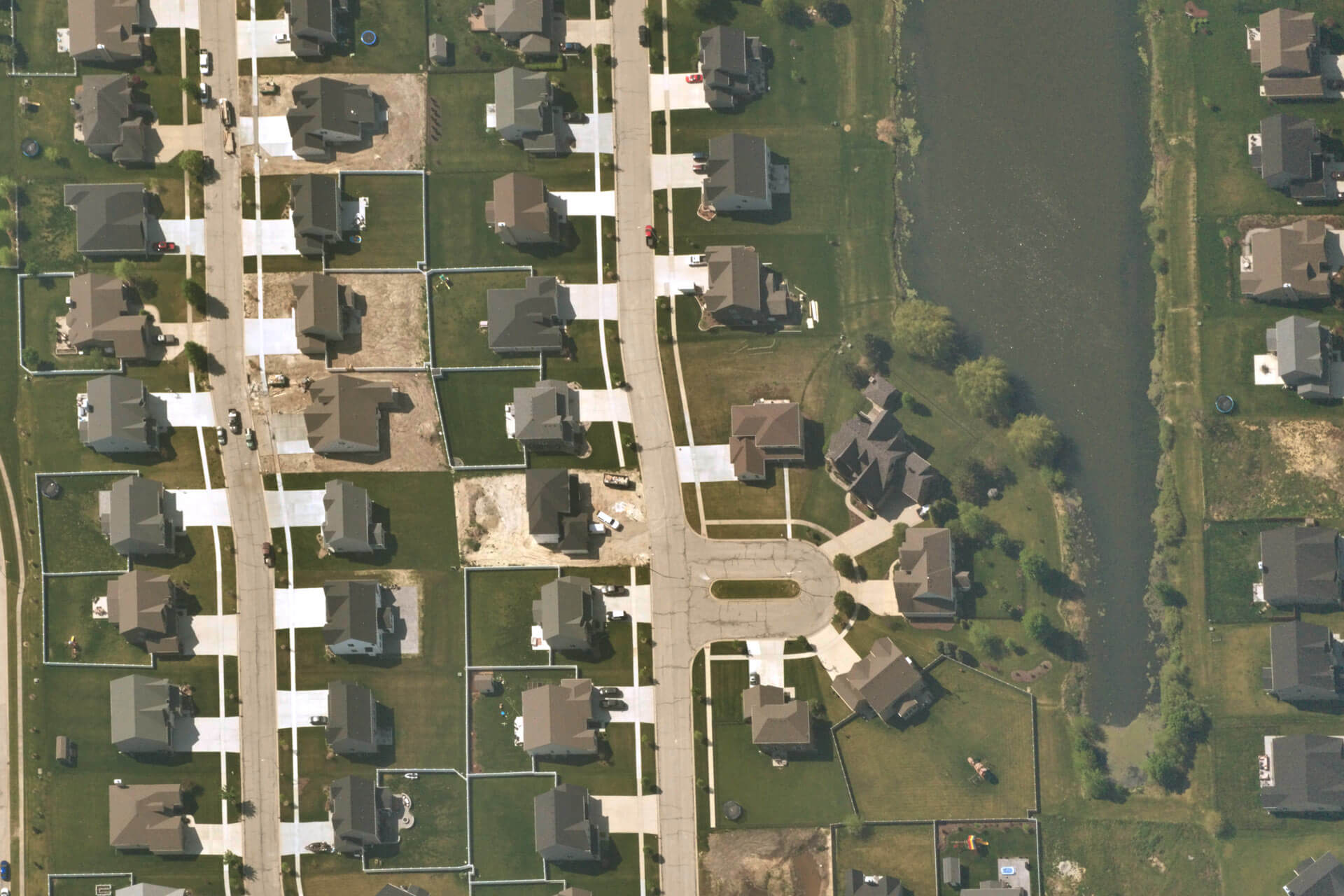When it comes to saving our planet, we have no time to waste.
The continuous increase in climate temperature, or global warming, has already shown grueling consequences across the world – rising sea levels, more intense and frequent weather events, melting glaciers, lower species survival rates, severe heat waves, droughts, and much more.
This is due to an increase of human-generated greenhouse gases trapping heat in the Earth’s atmosphere, faster than the planet’s ability to cool down. Activities such as burning fossil fuels, overconsumption, and deforestation are all expediting the amount of emissions released into the air, warming the planet at an alarming rate and creating potentially irreversible damage.
Two of the leading contributors to global warming are carbon dioxide (CO2) and methane (CH4), an odorless and powerful greenhouse gas that is primarily used to fuel heat and light. While methane produces less carbon dioxide than other fossil fuels when burned, research has found that it is 80x more potent than CO2 over a 20 year period making it far more harmful to the environment and people’s health. Methane is responsible for 30% of the world’s global warming, linked to over 1 million premature deaths, and its concentration in the atmosphere is continuing to rise faster each year without any signs of slowing down. This acceleration could be the biggest threat to reaching global climate goals that exists today.
Methane in the Oil and Gas Industry
The oil and gas industry alone has the power to significantly reduce the effects of climate change from methane pollution. Reducing methane from this industry, which produces approximately 40% of methane emissions world wide, is one of the most cost-effective and impactful solutions to climate change. And as the evolution in the regulatory landscape expands, better measuring and reporting of emissions will become standard practice.
The release of methane in this industry occurs in three main ways:
- Flaring – the burning of excess natural gas where methane is converted into CO2 and released into the atmosphere
- Venting – the intentional small release of gas into the atmosphere for operational safety reasons
- Leaks – the unintentional release of harmful methane gases directly into the atmosphere
Methane leaks often go unnoticed or may become uncontainable if not detected soon enough. They can occur in every part of the supply chain and are found coming from pipelines, oil wells, coal mines, and even defective or inefficient flaring equipment.
These leaks are preventable with the right technology, but to-date have lacked sufficient monitoring, detecting, and reporting. In fact, research indicates that global methane emissions from oil, gas, and coal are about 70% greater than what has been officially reported. With new data points like these arising, governments and companies alike are being urged to adopt policies, practices, and sustainable technologies to reduce their emissions.
Satellites’ Successes and Challenges in Detecting Methane Leaks
Satellites are currently the primary technology used to detect large levels of methane to help prevent further leakage and harm to the environment. They have been largely successful in identifying super-emitters, including those across the Permian Basin that emit around 1.4 million metric tons of methane per year (which is enough to provide annual gas to about 2 million homes).
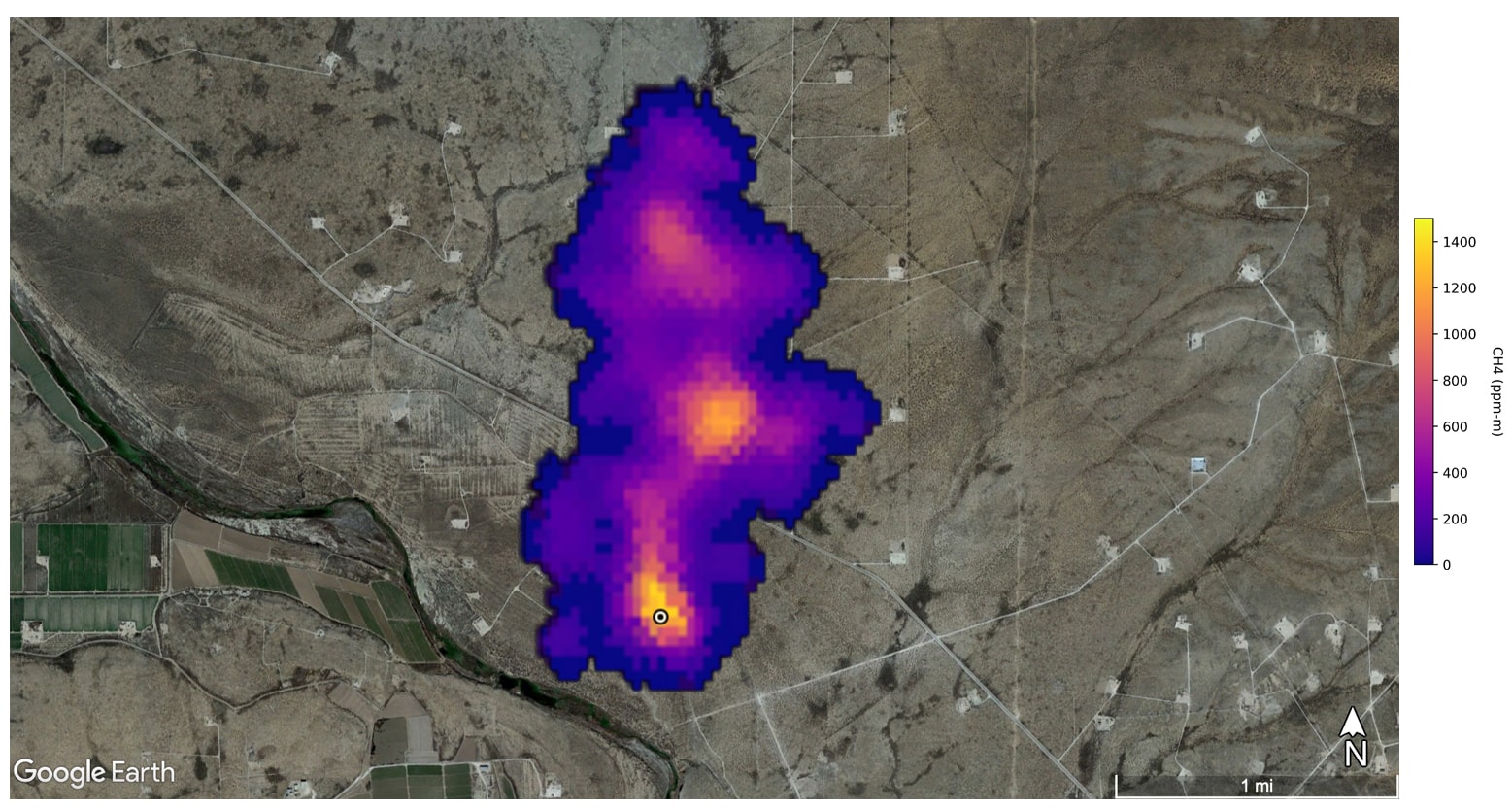
A 2-mile long methane plume in the Permian Basin detected by NASA’s Earth Surface Mineral Dust Source Investigation Mission. (Image Source: NASA/JPL-Caltech).
The challenge with satellites is they lack the ability to image areas at high enough resolution and with frequent enough captures to detect smaller leaks before they become big ones. Many leaks will simply be missed and go undetected. Satellites that can detect methane typically capture in spatial resolution of hundreds of meters, which allows you to see large scale trends at a city level, but even the best in class satellites that capture at their highest spatial resolution possible (20 m – 30 m) still have challenges detecting smaller amounts of methane. This is primarily due to the nature of their resolution – with less pixels available, they need more data in order to accurately identify details on the ground (ie. more methane emissions will need to be released before they are able to identify it).
Another challenge is that satellites are much more expensive than other imaging modalities to build, operate, and maintain. As the methane crisis continues to increase at an alarming rate, they cannot be tasked to solve this problem on their own.
Satellites have been an important contributor in helping us understand our planet, and while they have pioneered the charge on methane detection and have already made impactful contributions into reducing dangerous emissions, we want to do even better.
Early Detection of Methane Leaks with Balloon Technology
Near Space Labs designs, builds, owns, and operates our own proprietary fleet of zero-emission robots, called Swiftys, which capture ultra high-resolution imagery from the stratosphere via sophisticated weather balloons. The nature of our technology is built so it can be easily modified, upgraded, and relaunched in minimal time, with minimal financial impact, and with a minimal carbon footprint.
Swiftys are built for plug-and-play of different sensors, allowing us to easily adjust captures for different use cases, customers, and industries at scale.
In 2024, our goal is to provide governments and organizations, especially in the oil and gas industry, data for early detection of methane leaks so hazards can be responded to and solved immediately. Using short-wave infrared sensors, our 3 m resolution will capture details 10x-100x better than what satellites can achieve, making it far easier to identify minute details on the ground and in the atmosphere in real-time, including small amounts of methane.
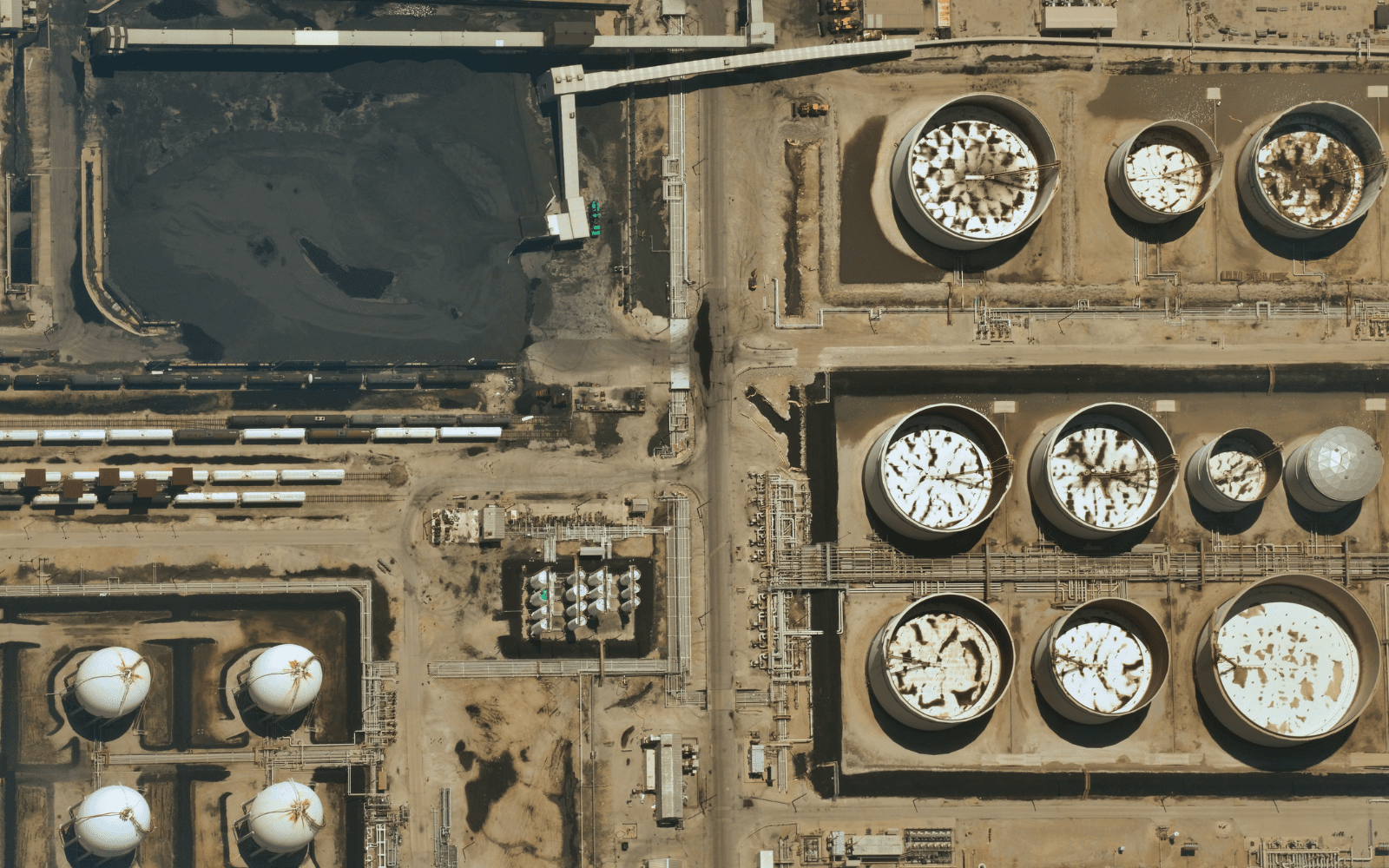
Example of Near Space Labs’ ultra-high 10 cm optical imagery of the ExxonMobile Joliet Refinery in Illinois.
When combining strengths from our different technologies – our ultra high-resolution imagery complimented with satellites’ ability to image large scale areas in minimal time – we will be able to efficiently and quickly detect methane pollution and prevent further damage.
“My co-founders and I built this company with our planet top-of-mind,” said Chief Technology Officer Ignasi Lluch. “Our goal has always been to provide higher quality imagery to more people so we can better understand and protect the world around us.”
CEO Rema Matevosyan explains, “I foresee our company becoming a major contributor in helping reduce the effects of climate change through various applications including early methane detection.
“Our upgradeable technology is limitless, and we feel empowered to continue expanding our offering in the near future to continue being a part of the solution.”
_________________
We hope to see an increase in investment in technologies that further the reduction of methane and carbon-dioxide emissions. Not only will this save the planet, but it will save lives and the future of generations to come.

